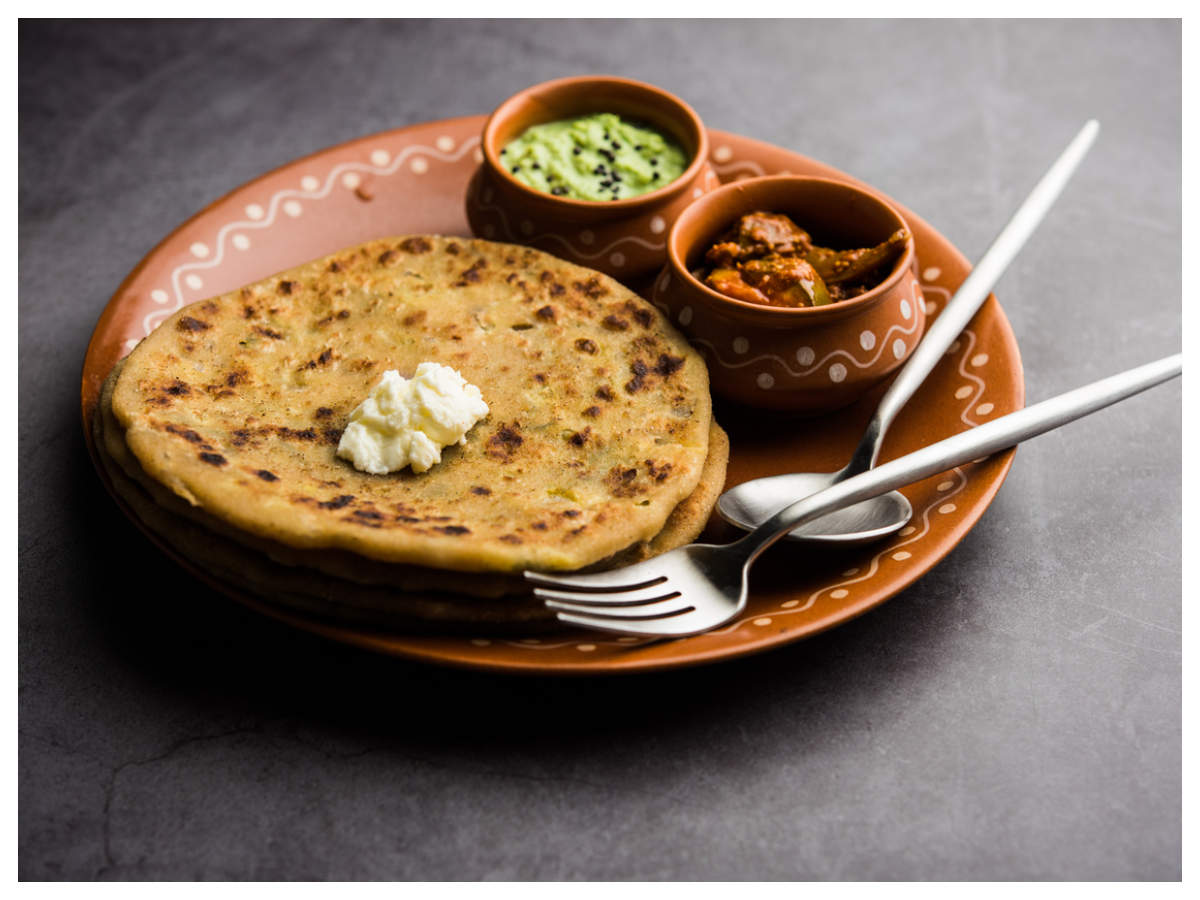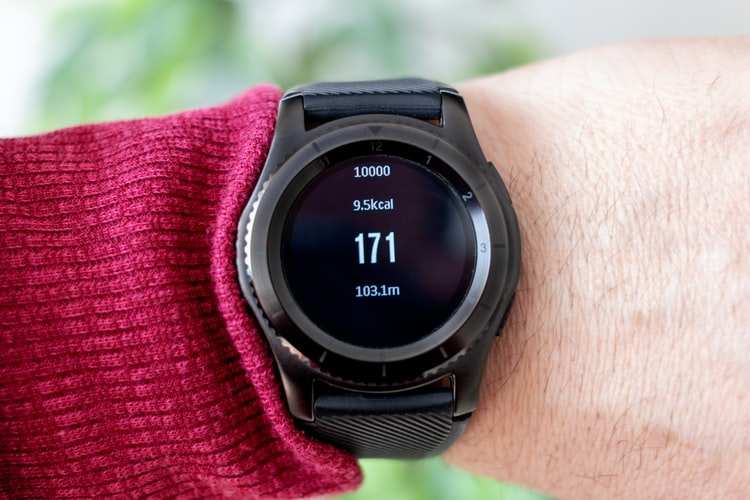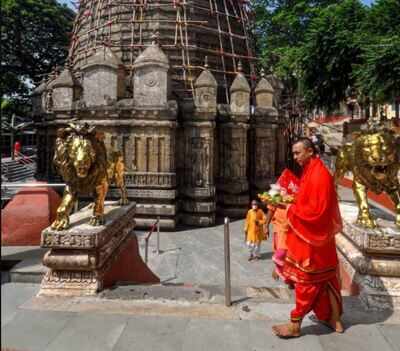
GUWAHATI: The Kamakhya temple complex reopened on Sunday after a gap almost seven months. The main doors of the temple — leading to the sanctum sanctorum — remained shut, but devotees turned up for the parikrama of the shrine located atop the Nilachal hills.
The temple management said they cannot open the main doors of the temple just yet, owing to the persisting Covid threat. A maximum of 500 devotees can be accommodated for parikrama a day, it said. On Sunday, however, less than half that number turned up at the temple.
“It was an important day for us. A total of 211 devotees turned up for parikrama on Sunday, which was much less than what we expected. The prevailing pandemic is the only reason for this low turnout. Many devotees are hesitant to go through the Covid test and have been praying at home,” ‘doloi’ (president of the Kamakhya Temple Trust Board) Mohit Chandra Sarma told TOI, minutes before the temple complex was closed at 5.12 pm following sunset.
Since March 20, when the temple premises were shut for pilgrims following a surge in Covid-19 cases, the Nilachal hills wore a deserted look. Even as many other temples in the country reopened during the unlock phases, the Kamakhya temple remained closed as the local administration and the Kamakhya Devalaya Management Committee could not come to a consensus on a date for the reopening.
Several devotees lined up since early morning to undergo rapid antigen test (RAT) at a medical camp organised by the health department at the Kamakhya foothills, though the temple complex gate opened only at 8 am. Those who underwent a Covid-19 test in the last three days were allowed to enter the temple complex after showing their reports. “Some people came with previous test reports, while about 200 entered the premises after undergoing test today (Sunday),” Sarma added.
Children below 10 years and people above 65 were barred entry. Though the Kamrup (Metropolitan) district administration urged the temple management to initiate online passes on a time slot basis to help control the gathering, the temple complex has been reopened with offline registration on a first-come-first-serve basis.
The shakti shrine was closed on the occasion of Ambubachi Mahayog in June — when the temple sees the biggest congregation of devotees — for the first time in living memory. Between 1980 and 1983, when the anti-foreigners movement was at its peak in Assam, Sarma said the number of devotees had reduced drastically due to the disturbances and law and order situation. “But there is no mention of closure of temple premises for devotees in the temple records,” he said.
On Sunday, apart from Assam, pilgrims from several north Indian states, including Uttar Pradesh, Gujarat, Rajasthan, Madhya Pradesh and Jharkhand, visited the temple.
Suresh Dangi, a farmer from Rajgarh district of Madhya Pradesh, said, “I missed the Ambubachi Mahayog but never wanted to miss the first day of reopening of the temple. I came to Assam with the sole purpose of Kamakhya darshan. I will return home tomorrow.”
Nanda Kishor Singh, another devotee from north Guwahati, said, “I would have been more happy to pay obeisance to the goddess at the sanctum sanctorum. But that is not safe due to the ongoing pandemic. Nevertheless, the parikrama on the first day (of reopening) will be memorable.”
Besides Kamakhya, the flow of devotees to other temples such as Ugra Tara in the city was down by 70-80%, compared to the same season in the previous year. “Till the pandemic persists, it’s very difficult to bring the situation to normalcy in religious places. Number of devotees is gradually increasing, but not more than 20-30%,” said managing committee member of the temple Kailash Sarma.
The temple management said they cannot open the main doors of the temple just yet, owing to the persisting Covid threat. A maximum of 500 devotees can be accommodated for parikrama a day, it said. On Sunday, however, less than half that number turned up at the temple.
“It was an important day for us. A total of 211 devotees turned up for parikrama on Sunday, which was much less than what we expected. The prevailing pandemic is the only reason for this low turnout. Many devotees are hesitant to go through the Covid test and have been praying at home,” ‘doloi’ (president of the Kamakhya Temple Trust Board) Mohit Chandra Sarma told TOI, minutes before the temple complex was closed at 5.12 pm following sunset.
Since March 20, when the temple premises were shut for pilgrims following a surge in Covid-19 cases, the Nilachal hills wore a deserted look. Even as many other temples in the country reopened during the unlock phases, the Kamakhya temple remained closed as the local administration and the Kamakhya Devalaya Management Committee could not come to a consensus on a date for the reopening.
Several devotees lined up since early morning to undergo rapid antigen test (RAT) at a medical camp organised by the health department at the Kamakhya foothills, though the temple complex gate opened only at 8 am. Those who underwent a Covid-19 test in the last three days were allowed to enter the temple complex after showing their reports. “Some people came with previous test reports, while about 200 entered the premises after undergoing test today (Sunday),” Sarma added.
Children below 10 years and people above 65 were barred entry. Though the Kamrup (Metropolitan) district administration urged the temple management to initiate online passes on a time slot basis to help control the gathering, the temple complex has been reopened with offline registration on a first-come-first-serve basis.
The shakti shrine was closed on the occasion of Ambubachi Mahayog in June — when the temple sees the biggest congregation of devotees — for the first time in living memory. Between 1980 and 1983, when the anti-foreigners movement was at its peak in Assam, Sarma said the number of devotees had reduced drastically due to the disturbances and law and order situation. “But there is no mention of closure of temple premises for devotees in the temple records,” he said.
On Sunday, apart from Assam, pilgrims from several north Indian states, including Uttar Pradesh, Gujarat, Rajasthan, Madhya Pradesh and Jharkhand, visited the temple.
Suresh Dangi, a farmer from Rajgarh district of Madhya Pradesh, said, “I missed the Ambubachi Mahayog but never wanted to miss the first day of reopening of the temple. I came to Assam with the sole purpose of Kamakhya darshan. I will return home tomorrow.”
Nanda Kishor Singh, another devotee from north Guwahati, said, “I would have been more happy to pay obeisance to the goddess at the sanctum sanctorum. But that is not safe due to the ongoing pandemic. Nevertheless, the parikrama on the first day (of reopening) will be memorable.”
Besides Kamakhya, the flow of devotees to other temples such as Ugra Tara in the city was down by 70-80%, compared to the same season in the previous year. “Till the pandemic persists, it’s very difficult to bring the situation to normalcy in religious places. Number of devotees is gradually increasing, but not more than 20-30%,” said managing committee member of the temple Kailash Sarma.

Coronavirus outbreak
Trending Topics
LATEST VIDEOS
City
 Shocking: Tribal man killed, body burnt over witchcraft suspicion in Andhra Pradesh
Shocking: Tribal man killed, body burnt over witchcraft suspicion in Andhra Pradesh 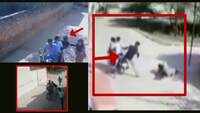 On cam: Punjab girl bravely fights off bike-borne purse snatchers
On cam: Punjab girl bravely fights off bike-borne purse snatchers 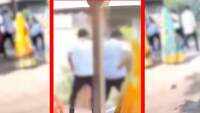 Ahmedabad: Dalit woman from a village in Banaskantha district molested by six
Ahmedabad: Dalit woman from a village in Banaskantha district molested by six  Shocking: 18-year-old beaten to death in Delhi over his friendship with a woman
Shocking: 18-year-old beaten to death in Delhi over his friendship with a woman
More from TOI
Navbharat Times
Featured Today in Travel
Quick Links
Delhi Air PollutionHaryana Coronavirus Helpline NumberUP Coronavirus Helpline NumberBangalore TemperatureBhopal NewsCoronavirus in DelhiCoronavirus in HyderabadHyderabad RainCoronavirus symptomsCoronavirusDelhi TemperatureAditya ThackerayShiv SenaFire in MumbaiMumbai RainsArvind KejriwalBangalore FloodsSrinagar encounter
Get the app
